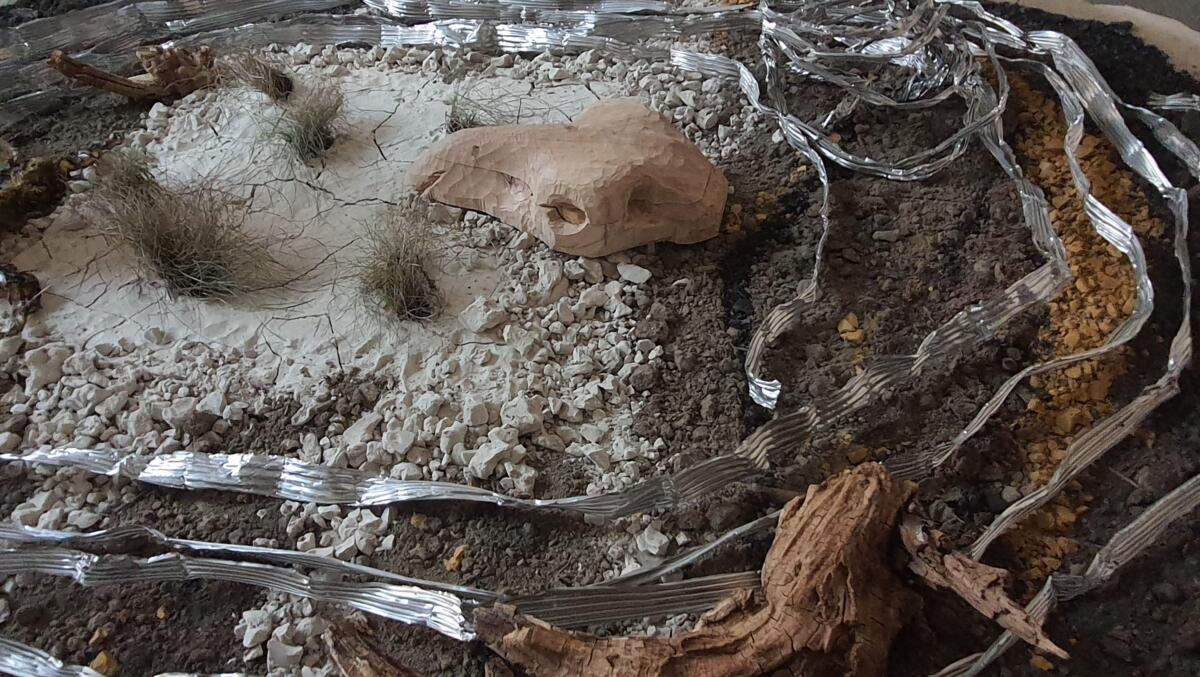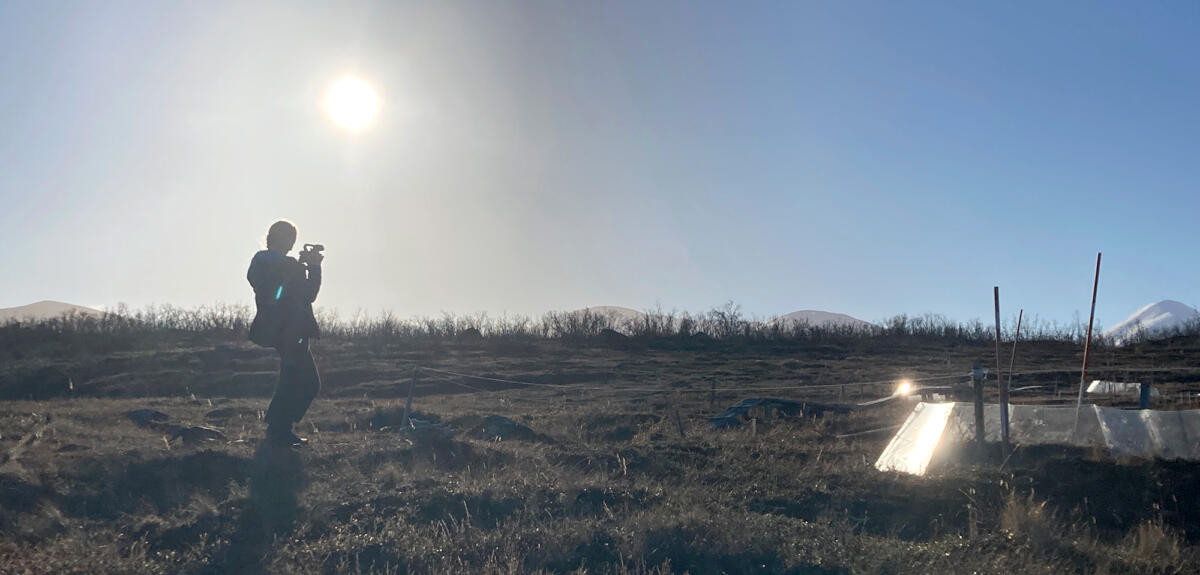Nature, Power, Value (Kriti)
Reflections from Kiruna

Can art help us translate an environment’s silent struggle so that we humans can understand and build respectful attitudes toward the ecosystems? What is our place in this grand symbiosis, instead of mining, drilling, and blasting the Earth?
I began to read how visionaries value their relationship with nature. I came across American biologist and educator Dr. Barry Commoner, known as “Paul Revere of Ecology” by Time magazine. In his book “The Closing Circle ” Commoner, B. (1971), he warned that if we ignore the laws of nature, we are heading toward collapse. He proposed “four laws of ecology:
- Everything is connected to everything else.
- Everything must go somewhere.
- Nature knows best.
- There is no such thing as a free lunch.”
Commoner warned that how we live in this produce and consume systems will lead to an environmental crisis and decline human health. His laws remind us that exploiting nature always comes with consequences.
According to BBC Article (2024) “Climate scientists say the Arctic is warming four times faster than the global average, new trade routes open and untapped resources become accessible. Instead of alarm, the world sees opportunity”. In this article, according to Indigenous communities, “ they are calling it green colonialism where the climate crisis is used as a justification (propaganda) to extract even more, displacing communities who’ve lived in balanced ecology for centuries”.
In Kiruna, we saw a very beautifully crafted video about “The sustainable future of LKAB”, I felt that I could almost sense the land’s grief and mourning, which has been destroyed by mining for decades. I want to call it (green colonialism – Monet, J. (2023) as beautifully manipulated by this multinational businesses’ propaganda that promotes consumption as the solution to economic and even environmental problems for us, as consumers. What is not visible is the slow changes in environment, a loss of freedom of people, also mentioned by Nachet (2022), “Mining in Giron, Kiruna has deeply impacted the Sámi, especially the Gabna and Laevas reindeer herding communities, by destroying their traditional lands, causing grief, fear”.
As an artist and thinker, I question myself how creative expression can help us reconnect with the ecological empathic value? How do we visualize the damage it causes to nature by mining? Although mining which is essential for building our so-called sustainable future, which consumes vast amounts of water and causes serious ecological damage, the use of explosives like dynamite, which lead to soil erosion, ground vibrations, noise pollution, and habitat loss, Moreover these adds more impacts include drought, deforestation, landscape destruction, radioactive leak risks. So I don’t know what our sustainable future looks like?
Rare Earths
Rare Earths: Field Studies in the Extractive North is a KUNO Network funded course organized as the start of a multi-year research project between the Royal Institute of Art, Stockholm (KKH), Trondheim Academy of Fine Art (NTNU) and the University of the Arts Helsinki, Academy of Fine Arts.

Latest posts
Follow blog